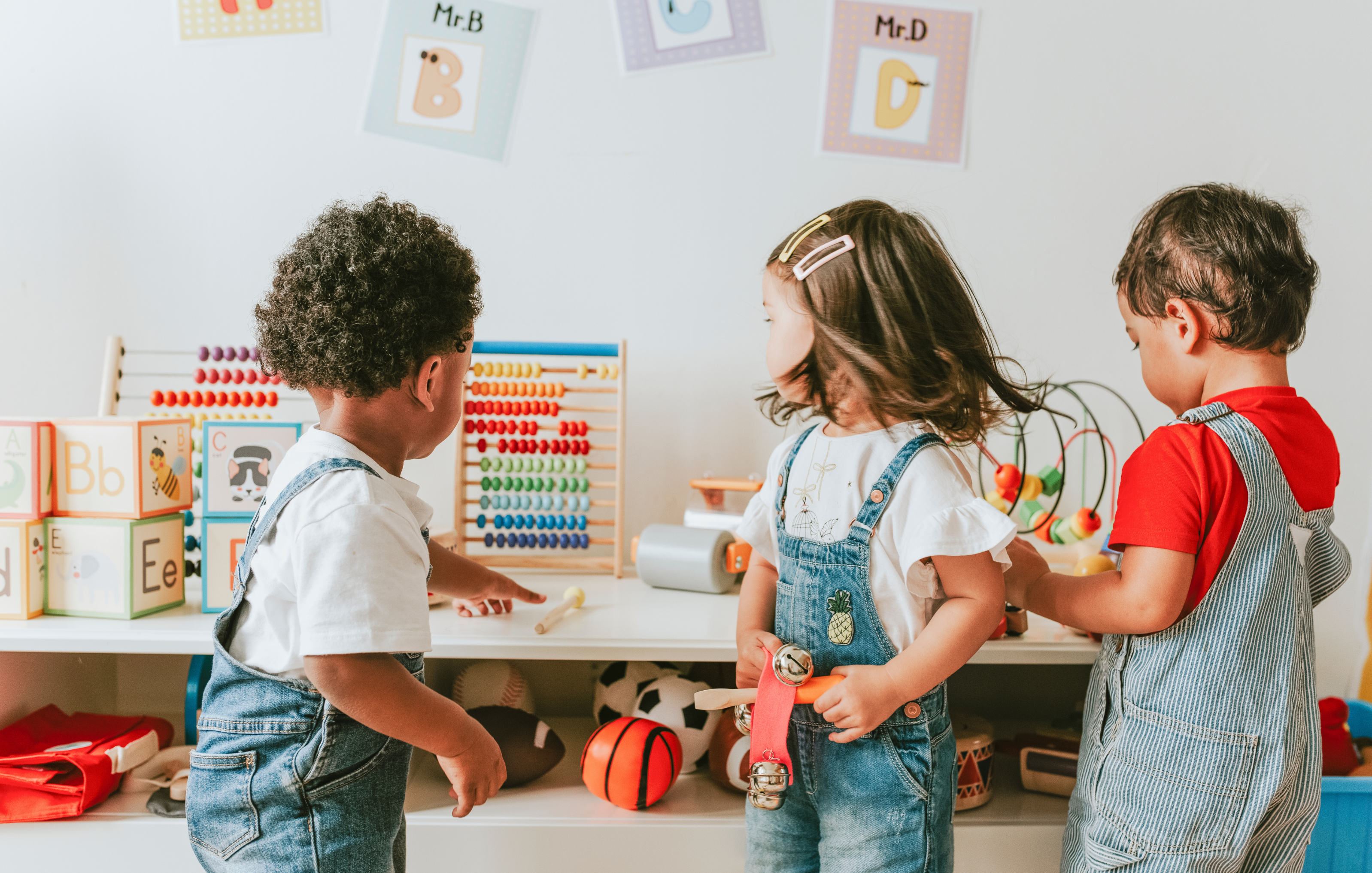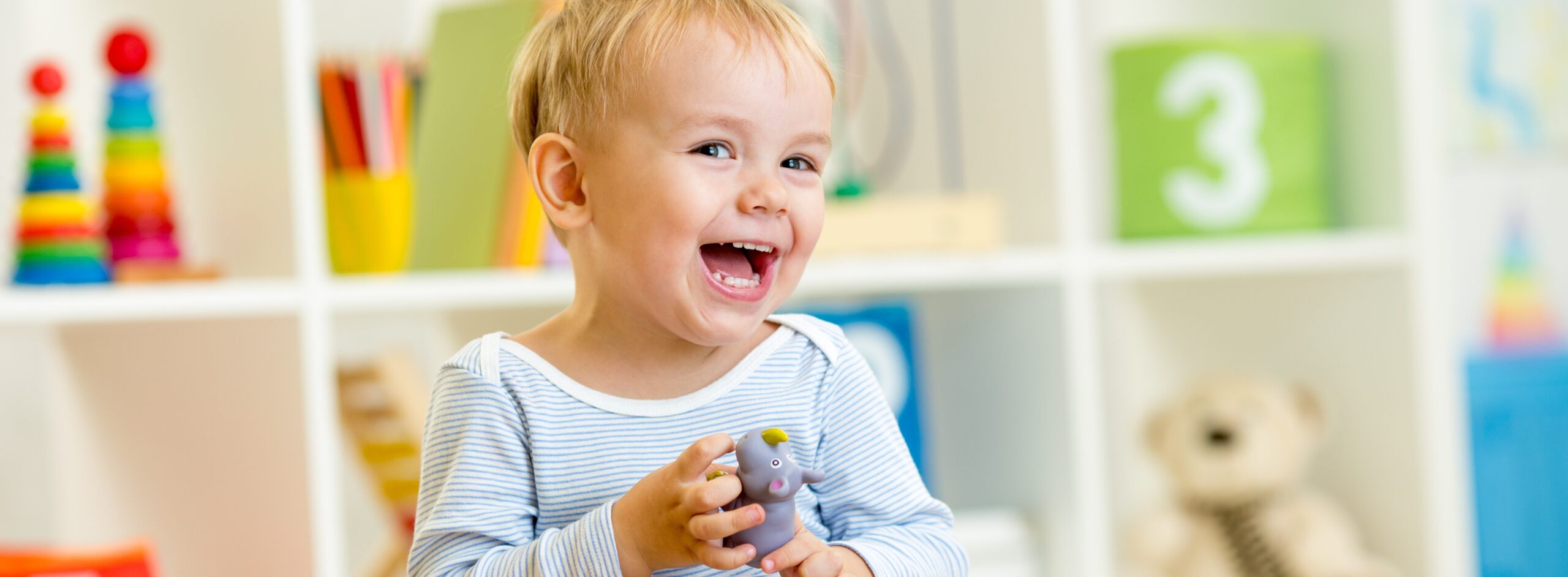12 Best Practice Tips for Early Childhood Art Activities
Published Art activities are a great way for young children to practice fine motor skills, learn early math and science concepts, cooperate with peers on projects that rely on teamwork, and more. Use the 12 strategies in today’s post to help children learn and reinforce new skills through art activities—all while promoting positive adult–child relationships and peer interactions. (These tips are adapted from Volume 5 of the tiered AEPS®-3 Curriculum—the “Ready” level, which encompasses more complex developmental and early academic skills.)
Art activities are a great way for young children to practice fine motor skills, learn early math and science concepts, cooperate with peers on projects that rely on teamwork, and more. Use the 12 strategies in today’s post to help children learn and reinforce new skills through art activities—all while promoting positive adult–child relationships and peer interactions. (These tips are adapted from Volume 5 of the tiered AEPS®-3 Curriculum—the “Ready” level, which encompasses more complex developmental and early academic skills.)
- Leave safe art materials out so children can explore the concept of art freely. Suggestions for materials include watercolor paints, finger paints, tempera paint, paint daubers, playdough, clay, colored pencils, pencils, paper, child-safe scissors, glue, and markers. Make art options open-ended and child-directed, allowing children to decide what they want to create.
- Use visual schedules for commonly occurring daily routines (post handwashing guidance beside the sink, post steps to put on a paint shirt in the painting area).
- Model how to use art materials while encouraging children to observe other children as they draw, paint, and cut (an adult may need to show how to put a painting on the drying rack or how to use scissors safely).
- For messier outdoor art, include materials such as spray bottles, large paint rollers, or splatter paint. Outdoor art activities may take place at a child-size picnic table or on a sidewalk, driveway, or other hard surface.
- Allow adequate time for young children to experiment with and explore art materials. Children should have an opportunity to use art supplies multiple times each day, with an art center that remains set up and open for exploring.
- Allow cooperative art to encourage children to discuss a plan, cooperate, and interact with peers.
- Maintain positive interactions with children—smile, use a pleasant tone of voice, and give immediate, specific feedback (“I love how you are using just a dot of glue”).
- Provide loose parts children can use to create two- or three-dimensional art projects (natural materials—seeds, grass, sticks; buttons, feathers, popsicle sticks, stickers; recycled materials—paper tubes, paper, ribbons, caps, lids, wood scraps, wire, foam, cardboard).
- Watch while children are making their creations, and ask questions about them, showing interest and encouraging them to give more detail in their explanations (if an adult says “Tell me about your artwork” and the child responds, “It’s me,” the adult can then ask, “What are you doing?” “Where are you in the picture?” or simply say “Tell me more about it”).
- Let children discuss their artwork and then decide whether they want to hang it up in the classroom or hallway or give it to a teacher, friend, or family member.
- Reinforce early math skills by having children read and write numbers and count out items to use.
- Encourage children to write their names and the date on their artwork by having name and date cards available.
Try the tips in this post to make the most of art routines and activities, and be sure to provide multiple opportunities for children to practice their skills throughout the day—both indoors and outdoors, if possible. (Note: Make sure all art materials are nontoxic for safety reasons and washable for easy cleanup. Check the ingredients of all art materials before use, especially if children who have allergies are present.)
This post was adapted from Grisham, J., & Slentz, K. (Eds.). (2022). AEPS®-3 Volume 5: Curriculum—Ready. In D. Bricker, C. Dionne, J. Grisham, J. J. Johnson, M. Macy, K. Slentz, & M. Waddell, Assessment, Evaluation, and Programming System for Infants and Children, Third Edition (AEPS®-3). Brookes Publishing Co.



